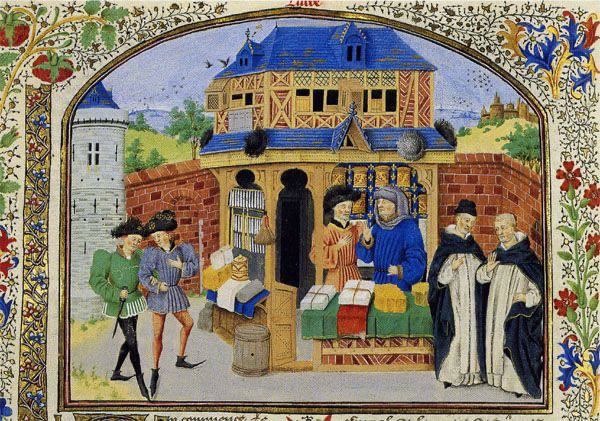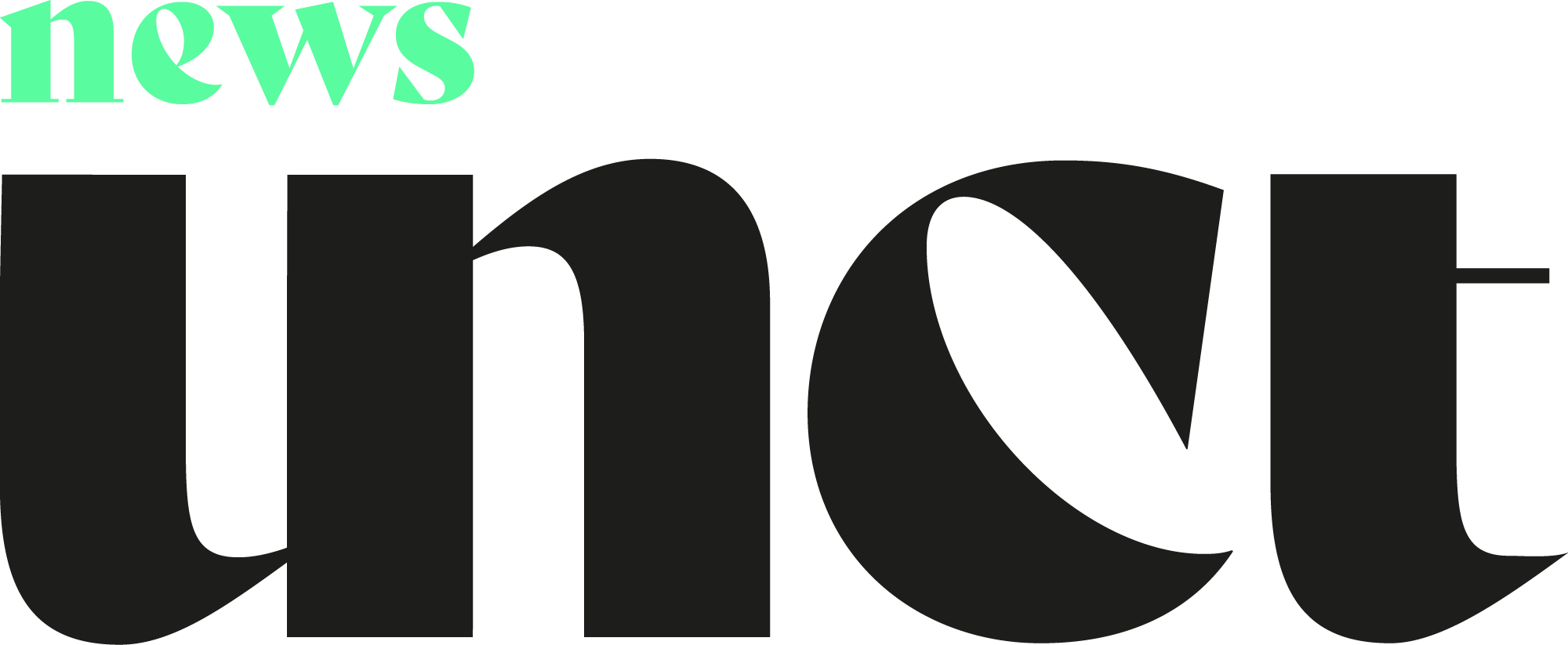The earliest recorded use of the term market in English is in the Anglo- Saxon Chronicle of 963, the phrase was:
“Ic wille þæt markete” [“I desire that there will be a market”]

There have been, and there will always be, a desire for spaces that facilitate mutually beneficial trade. It is with this very desire– fundamentally rooted in the human pursuit for connection and exchange– that the marketplace was born, and continues to rebirth itself anew.
The marketplace, is originally recognized as localized bustling arena of commercial dealings, and regular trade, in basic commodities: livestock, fruit, vegetables, cloth, coal, ceramics, and animal skins. The origins of a marketplace, or Bazar, are traceable to 3000 BCE, during a time when zoning policies confined trading to particular parts of cities, thus creating conditions necessary for the emergence of a localized space through which to trade. Though far before localized trading places, the marketplace and its system if exchange existed since before 3000 BCE, with air trading in ancient Babylonia, Assyria, Phoenicia, and Egypt.
The characteristics and development of the marketplace were shaped by a range of factors: principally in their honest system of exchange, and the modernization of the metropolis. Markets, have been a system, bringing together production and consumption: transforming villages into towns, and providing the basic network which would later underpin a national market economy. Through this system, transactions became mediated between personal relations between traders. The marketplace thus represented a system through which trade, was fair, transparent, based on beneficial relationships between, seller, the consumer, and society as a whole.
Late 18th century Europe, built on medieval market’s concepts of price, fair profit, and mutual social responsibility- began to see market middlemen with heavy cloaks and greedy hands. Prices were raised, relationships distanced, and the product lost its quality. Progressing dramatically into the 21st century, where we see the relationships between buyer, seller, and the product drastically alienated, and diminished in quality. The very cultural markets and bazars were founded on– namely, the moral duty of trade serving the common good– lost themselves in the abyss of the modernity, and capitalism.
NFT marketplaces born in a world of increased digitalization, offer with palms outstretched, both a revival and a return to the original marketplace. The evolution from web 2.0. to web 3.0, sees a radical democratization of the asset and its place of trade. This is a world, where through the bustling sphere of the meta verse, and its other online champions, there is a return to this honest system of exchange that benefits the seller, consumer, artist– and the societal environment they are surrounded in, for the better. The NFT marketplace offers this system of exchange, with its own improvements. Unlike the frauds, berry pickers, and wide pocketed thieves of the old marketplace, new NFT marketplaces—like Uncontaminated— offer secure and verified products through blockchains, smart encryption, artist certification, and attention to detail, ensuring the product is pristine and legitimate.
Unlike the fumes, and plastic packaging skins, shed from unloading vans, and cries of grass crippled under the weight of heavy tables, the new marketplace functions within the confines of the web. There is no disburdening of product with great weight onto the city streets, and squares. The marketplaces of the future take place with discretion through delocalized digital realms. The very delocalized nature of the new marketplace, allows its stalls to circulate on a globalized level, thus extending out accessible invitation to buyers, sellers, and creators alike.
Marketplaces, like Uncontaminated, open their bazaar to collectors, and NFT enthusiasts, keen to own something unique– to secure an emblem of future trading.
Historian Martin Phillips states, that it is not easy to define a market, on the basis of its dual understandings: both “physically”, in terms of a zone of exchange, and “abstractedly”, as a process of exchange. It is through the more abstract, or archetypal, conception of the market that we are able to understand, the new digitalized marketplace. Where we can return to the very desire of exchange and both human connection, and where there is that desire, so too, will we find ourselves amongst the bustle, and whisper, of the marketplace.

